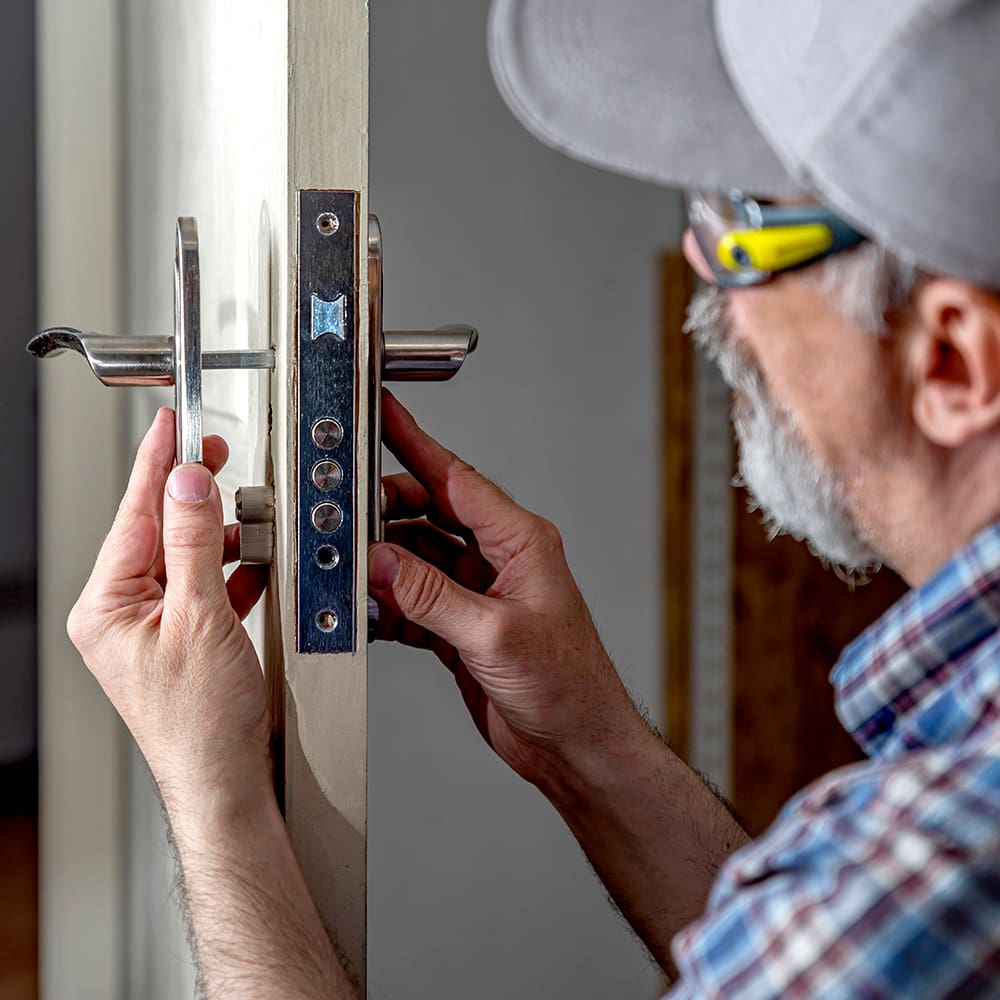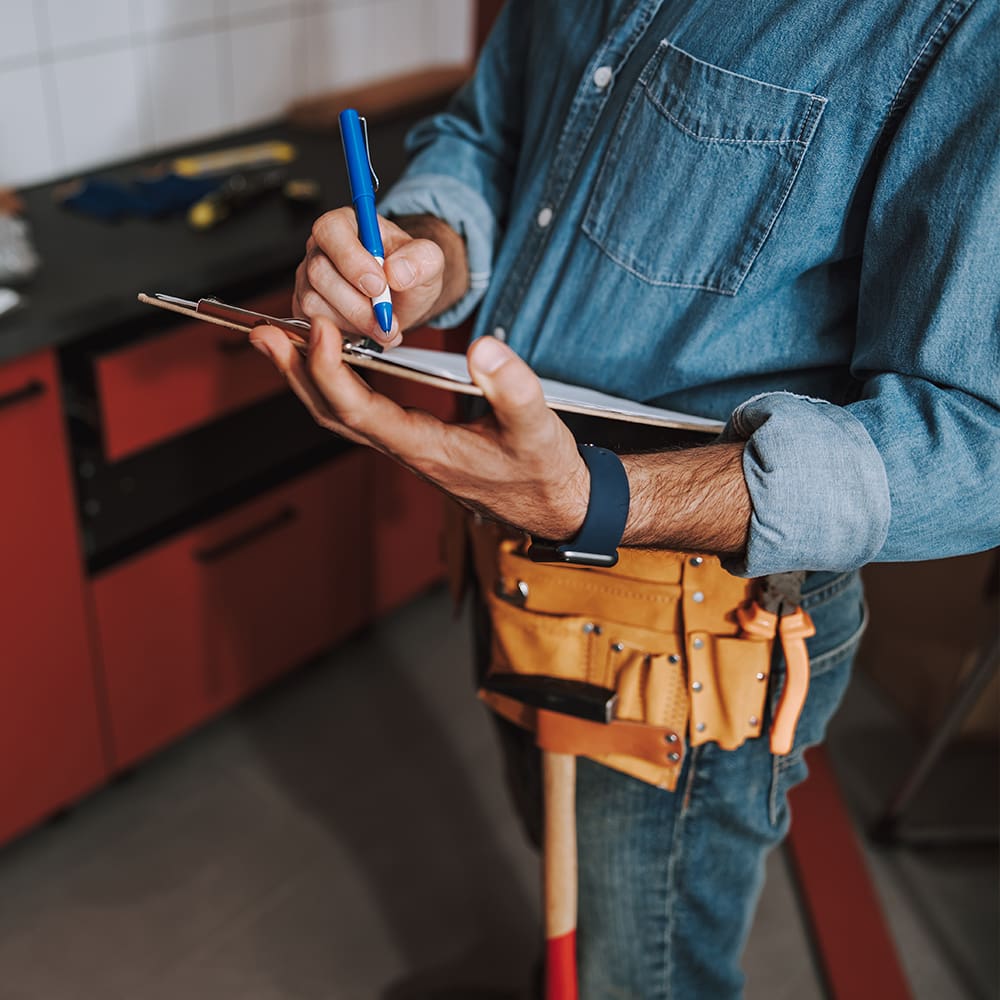What are the Costs of Repairing a Plumbing Leak?

Plumbing leaks are a common issue for homeowners, yet they often strike fear into even the most seasoned homeowners. The costs associated with repairing a plumbing leak can vary widely, depending on several factors. This comprehensive guide aims to demystify the costs involved in plumbing repairs, helping you understand what to expect and how to budget for these inevitable home maintenance tasks.
In this article
Plumbing leaks are a common issue for homeowners, yet they often strike fear into even the most seasoned homeowners. The costs associated with repairing a plumbing leak can vary widely, depending on several factors. This comprehensive guide aims to demystify the costs involved in plumbing repairs, helping you understand what to expect and how to budget for these inevitable home maintenance tasks.
Why Understanding Plumbing Leak Costs Matters
First and foremost, understanding the potential costs of plumbing repairs is crucial for your financial planning. Ignoring or delaying repairs can lead to more significant issues and higher expenses down the road. This guide will provide insight into common leak types, factors affecting repair costs, and practical tips for managing these expenses.
Types of Plumbing Leaks
Dripping Faucets
Dripping faucets are one of the most common and noticeable types of plumbing leaks. While they may seem minor, they can waste a significant amount of water over time, leading to higher water bills. Repairing a dripping faucet typically involves replacing worn-out washers or seals. The cost for this type of repair is usually minimal, ranging from $50 to $100.
Leaking Pipes
Leaking pipes can occur due to corrosion, high water pressure, or external damage. These leaks are often hidden behind walls or under floors, making them harder to detect. Repair costs for leaking pipes can vary widely, from $150 to $350, depending on the extent of the damage and the pipe’s location.
Running Toilets
A running toilet can waste hundreds of gallons of water if left unchecked. Common causes include worn-out flapper valves or fill valves. Repairing a running toilet generally costs between $75 and $200, depending on the complexity of the issue.
Factors Influencing Repair Costs
Location of the Leak
The location of the leak plays a significant role in determining repair costs. Leaks that are easily accessible, such as those under a sink, are typically less expensive to repair than those hidden behind walls or in ceilings.
Severity of the Damage
The extent of the damage also affects repair costs. A small, localized leak will be less costly to fix than a larger, more widespread issue. Additionally, leaks that have caused significant water damage to surrounding areas will require more extensive repairs and higher costs.
Type of Plumbing Material
The type of plumbing material used in your home can impact repair costs. For example, repairing leaks in copper pipes is generally more expensive than fixing leaks in PVC or PEX pipes. The cost difference is due to the materials’ varying prices and the expertise required for repairs.
Average Costs for Common Plumbing Repairs
Faucet Repairs
Faucet repairs are relatively straightforward and affordable. The average cost for repairing a dripping faucet ranges from $50 to $100. This price includes labor and replacement parts, such as washers or seals.
Pipe Repairs
Pipe repairs can be more complex and expensive. The average cost for fixing a leaking pipe is between $150 and $350. This cost can increase if the leak is located in a hard-to-reach area or if extensive damage has occurred.
Toilet Repairs
Repairing a running toilet typically costs between $75 and $200. This price includes labor and replacement parts, such as flapper valves or fill valves. If the issue is more complex, such as a cracked toilet tank, repair costs can be higher.
DIY vs. Professional Repairs
Pros and Cons of DIY Repairs
Attempting DIY plumbing repairs can save you money on labor costs. However, it’s essential to consider the potential risks and drawbacks. Without proper knowledge and experience, you may inadvertently cause more damage, leading to higher repair costs in the long run.
When to Call a Professional
In many cases, it’s best to call a professional plumber for repairs. Professionals have the expertise and tools to diagnose and fix issues accurately and efficiently. Additionally, hiring a professional ensures that repairs are done correctly, reducing the risk of future problems.
Preventative Measures to Reduce Costs
Regular Maintenance
Regular maintenance is key to preventing plumbing leaks and reducing repair costs. Inspect your plumbing system periodically for signs of wear and tear, and address any issues promptly. This proactive approach can help you avoid costly repairs down the road.
Install Water Alarms
Water alarms are devices that detect leaks and alert you to potential problems. Installing water alarms in high-risk areas, such as under sinks or near water heaters, can help you catch leaks early and minimize damage.
Insulate Pipes
Insulating your pipes can help prevent leaks caused by freezing temperatures. Pipe insulation is affordable and easy to install, making it a cost-effective preventative measure.
The Importance of Hiring Licensed Plumbers
Ensuring Quality Workmanship
Hiring a licensed plumber ensures that you receive quality workmanship and professional service. Licensed plumbers have the necessary training and experience to handle various plumbing issues, reducing the risk of mistakes and future problems.
Compliance with Local Codes
Licensed plumbers are familiar with local building codes and regulations. Hiring a licensed professional ensures that your repairs comply with these standards, preventing potential legal issues and ensuring the safety of your home.
Warranty and Insurance
Licensed plumbers typically offer warranties on their work, providing you with peace of mind and protection against future issues. Additionally, licensed professionals are insured, reducing your liability in case of accidents or damages during the repair process.
How to Choose the Right Plumber
Research and Recommendations
Start by researching local plumbers and reading reviews from previous customers. Ask friends, family, or neighbors for recommendations, and consider their experiences when making your decision.
Verify Licensing and Insurance
Ensure that the plumber you choose is licensed and insured. Verify their credentials with the appropriate licensing authority and ask for proof of insurance before hiring them for the job.
Obtain Multiple Quotes
Obtain quotes from several plumbers to compare prices and services. This process will help you find the best value for your money and ensure that you receive quality service at a fair price.
Understanding the Repair Process
Initial Assessment
The repair process typically begins with an initial assessment. The plumber will inspect the affected area, diagnose the problem, and provide you with a detailed explanation of the issue and the necessary repairs.
Repair and Replacement
Once the issue has been diagnosed, the plumber will carry out the necessary repairs. This may involve replacing damaged parts, such as pipes or valves, and ensuring that the plumbing system functions correctly.
Follow-Up and Maintenance
After the repairs are complete, the plumber may provide you with recommendations for ongoing maintenance and preventative measures. Following these recommendations can help you avoid future issues and extend the lifespan of your plumbing system.
Signs You Need Immediate Plumbing Attention
Unexplained Water Bills
If you notice a sudden increase in your water bill without any apparent cause, it could be a sign of a hidden plumbing leak. Addressing this issue promptly can help you avoid higher repair costs and further damage.
Water Stains and Mold
Water stains on walls or ceilings, as well as mold growth, indicate a potential plumbing leak. These issues should be addressed immediately to prevent further damage and health hazards.
Decreased Water Pressure
A sudden decrease in water pressure can be a sign of a plumbing leak or blockage. Contact a professional plumber to diagnose and fix the issue before it worsens.
Conclusion
Understanding the costs associated with repairing a plumbing leak is essential for homeowners. By knowing the types of leaks, factors influencing repair costs, and the importance of hiring licensed professionals, you can make informed decisions and manage your home maintenance expenses effectively. Regular maintenance and preventative measures can help you avoid costly repairs and ensure the longevity of your plumbing system. If you need assistance with plumbing repairs or have questions about your plumbing system, don’t hesitate to contact a licensed professional for expert advice and support.




